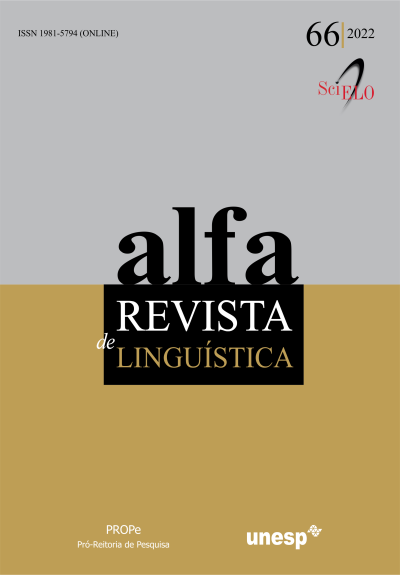Learning styles and strategies of dictionary use for teaching Portuguese
DOI:
https://doi.org/10.1590/1981-5794-e14767Keywords:
Portuguese, teaching, dictionaries, vocabulary, learning styles, sensory preferencesAbstract
This paper discusses, within the domain of learning styles, how so-called sensory preferences can guide strategies of dictionary use. It is based on previous literature that investigates sensory preferences, such as visual, auditory, kinesthetic and tactile. The aim of the paper is to associate the main features of sensory preferences and their most common learning strategies to explicit guidelines that optimize dictionary use in teaching Portuguese for native or non-native speakers. The paper seeks to go beyond the consensus on the function and use of dictionaries, as attested in previous work, and argues that students and teachers should work outside their own ‘stylistic comfort zone’. As a result, the paper presents guidelines for dictionary use that cover the choice of different formats (printed, electronic, and online dictionaries), searching methods that are consistent with each preference, and dictionary recommendations. In addition, the paper also highlights further applications of the Roadmap for evaluating dictionaries as an instrument to document lexicographic works that would be more consistent with certain aims of vocabulary and students’ learning styles.
Downloads
Downloads
Published
How to Cite
Issue
Section
License
Copyright (c) 2022 ALFA: Revista de Linguística

This work is licensed under a Creative Commons Attribution 4.0 International License.
Manuscripts accepted for publication and published are property of Alfa: Revista de Linguística. It is forbidden the full or partial submission of the manuscript to any other journal. Authors are solely responsible for the article's content. Translation into another language without written permission from the Editor advised by the Editorial Board is prohibited.

